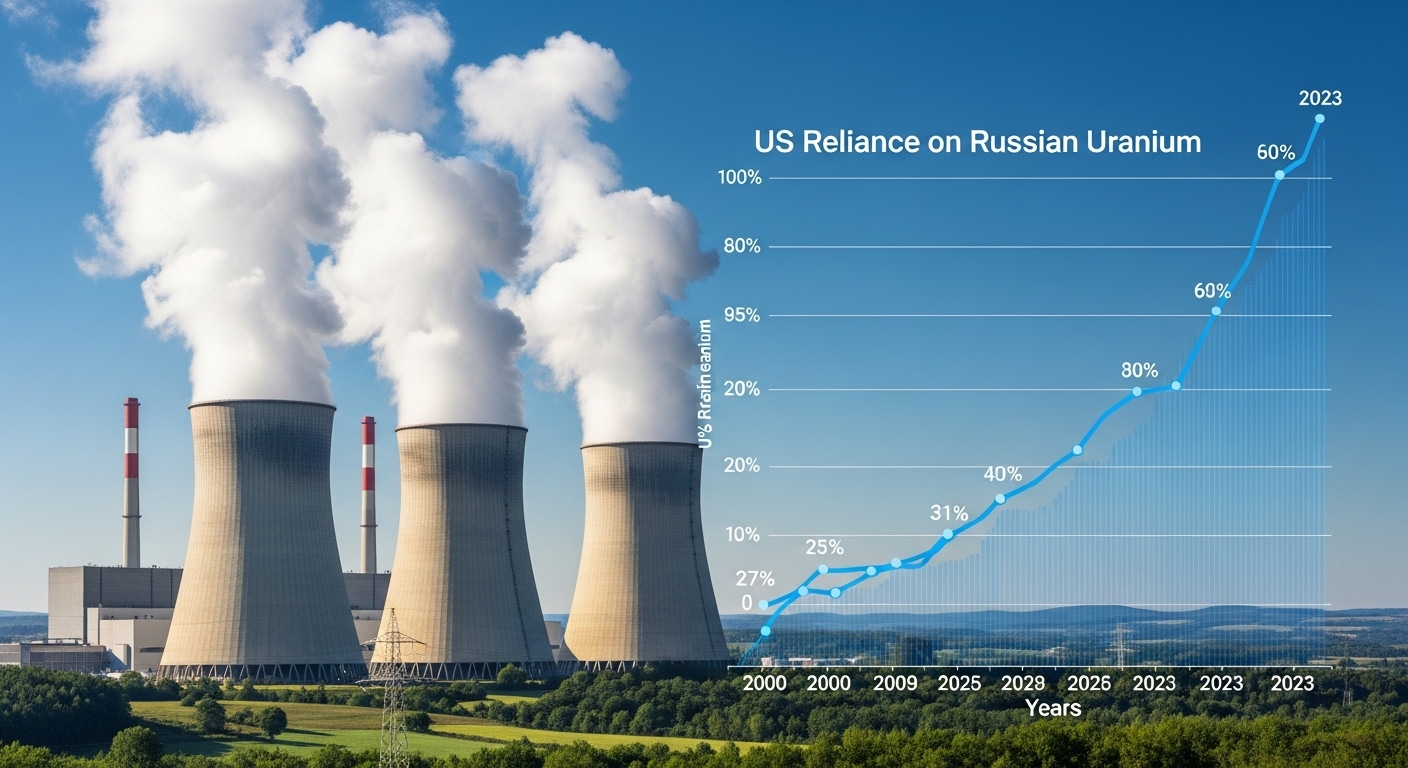In the 21st century, the very concept of a ‘World War’ is undergoing a profound transformation. Gone are the days when global conflicts were primarily characterized by massive armies clashing on battlefields, or when a clear binary of alliances defined the international arena. Today, the looming shadow of global conflict is far more complex, encompassing not just traditional warfare but also intricate webs of economic, technological, and geopolitical rivalries. Regional disputes, once contained, now possess an alarming potential for international escalation due to the increasing interconnectedness of our world. Understanding this evolving landscape is crucial to comprehending the future of global stability.
Economic Underpinnings of War: How Financial Stress Fuels Global Instability
History teaches us that behind many armed conflicts lie deep-seated economic factors leading to world war. Resource scarcity, whether it be for water, energy, or rare earth minerals, has always been a potent driver of competition and conflict. Similarly, the struggle for vital markets and control over global trade routes frequently ignites tensions between nations. In our modern era, these traditional drivers are amplified by new pressures.
The role of economic inequality, both within and between nations, is increasingly recognized as a catalyst for internal and external tensions. When large segments of a population experience relative deprivation, it can foster social unrest and create fertile ground for extremist ideologies, which can then spill over into the international sphere. Moreover, pervasive economic stagnation, severe recessions, and banking crises can cripple national stability, leading governments to make desperate choices that destabilize international relations. The rise of economic nationalism, characterized by protectionist trade policies and ‘beggar-thy-neighbor’ approaches, further exacerbates trade friction and disrupts intricate global supply chains, pushing a fracturing global economy closer to the brink.

The Russia-Ukraine War: A Catalyst for Broader Proxy Conflict and Escalation
The ongoing Russia-Ukraine War stands as a stark reminder of how regional conflicts can expand into broader geopolitical contests. What began as a direct invasion has morphed into a complex russia ukraine proxy war expansion, with international powers providing significant military and economic support to Ukraine. Current scenarios for the conflict range from prolonged attrition, a grinding war of endurance, to potential breakthroughs by either side that could dramatically alter the territorial landscape.
The concept of ‘hybrid warfare’ – combining conventional military tactics with cyberattacks, disinformation campaigns, and economic pressure – has played a significant role in expanding the conflict beyond direct military engagement, making it harder to contain. There are palpable risks of the Ukraine conflict blurring into wider regional conflicts, potentially igniting new flashpoints in areas like the Middle East, Asia-Pacific, the Balkans, or the Caucasus, as great powers jockey for influence and exploit existing vulnerabilities. The potential for direct confrontation between Russia and NATO, though carefully avoided so far, remains a perilous possibility, which could in turn lead to the formation of new military alliances. This war has undeniably had a profound impact on eroding multilateralism and challenging the existing international order, as nations increasingly prioritize self-interest over collective security.

Unforeseen Triggers: Unexpected Countries and Flashpoints for a Global War
While attention often fixates on established geopolitical rivalries, the most dangerous spark for a global conflict could come from an unexpected country starting world war 3. Analyzing scenarios where less obvious nations or regions could initiate widespread conflict requires looking beyond the usual suspects. Geopolitical vulnerabilities and strategic interests can draw seemingly minor actors into roles of global significance.
Consider specific regional disputes often simmering below the global headlines: the India-Pakistan Kashmir conflict, a long-standing territorial dispute with nuclear implications, or the China-India border disputes, which have seen periodic military clashes. These flashpoints, while localized, possess the potential to become significant catalysts for broader international confrontation, drawing in allied powers. The history of localized proxy wars escalating into broader international confrontations is well-documented, and in a world increasingly interconnected by economic ties and security pacts, a seemingly isolated incident can quickly reverberate across continents, creating a cascading effect that pulls in unexpected actors and triggers a truly global conflict.

The Evolving Landscape of International Relations: Towards a New World Order
The current era marks a significant global power shift new world order war. The world is moving away from a unipolar structure, where the United States held unchallenged dominance, towards a more multipolar global power structure. This transition sees the increasing influence of emerging economies like China, India, and others, challenging established global institutions and norms that were largely shaped by Western powers.
This shifting balance of power is profoundly impacting the future of international relations ww3. Technological advancements are revolutionizing military strategies and the balance of power. Artificial intelligence (AI), advanced cyber warfare capabilities, and hypersonic weapons are not only changing how wars might be fought but also how nations perceive their security and deterrence. Simultaneously, the dynamics of international cooperation are changing, often leading to a decline of traditional diplomacy as nations pursue independent foreign policy agendas. The rise of non-state actors, from powerful multinational corporations to sophisticated terrorist organizations and cyber groups, further complicates global affairs, as they increasingly demonstrate the capacity to influence or even instigate global events.

Navigating Global Power Shifts: Strategies for Peace and Stability
The challenges presented by a more fragmented and competitive global order are immense, yet they also present opportunities for reimagining international cooperation. Mitigating geopolitical risks and fostering mutual trust among nations will require innovative policy considerations. Emphasizing shared global challenges, such as climate change, pandemics, and sustainable economic development, can serve as a powerful impetus for renewed international cooperation, transcending narrow national interests. Prioritizing economic policies that prevent conflict and promote inclusive development can address root causes of instability, ensuring that prosperity is broadly shared rather than concentrated, thereby reducing the likelihood of future conflicts. Ultimately, navigating these complex global power shifts towards a more stable and peaceful future demands a concerted, multilateral effort to redefine global security and prosperity.



